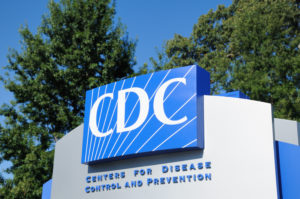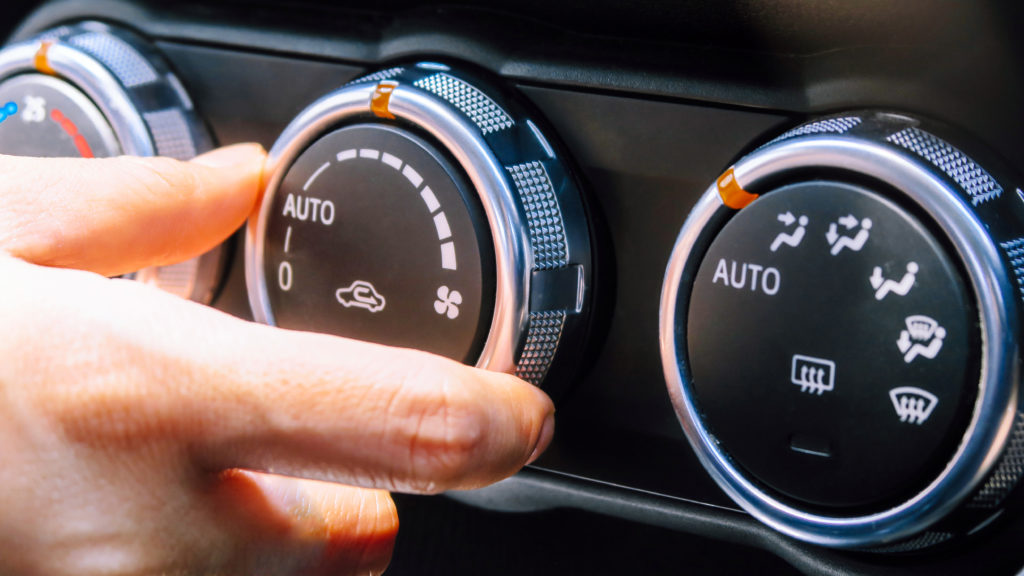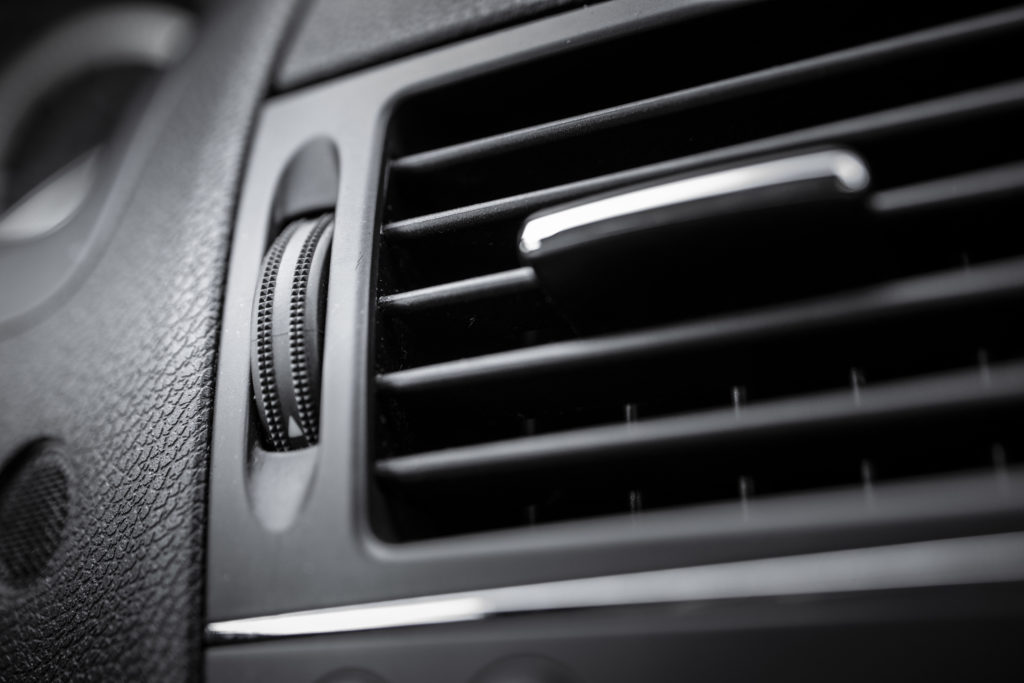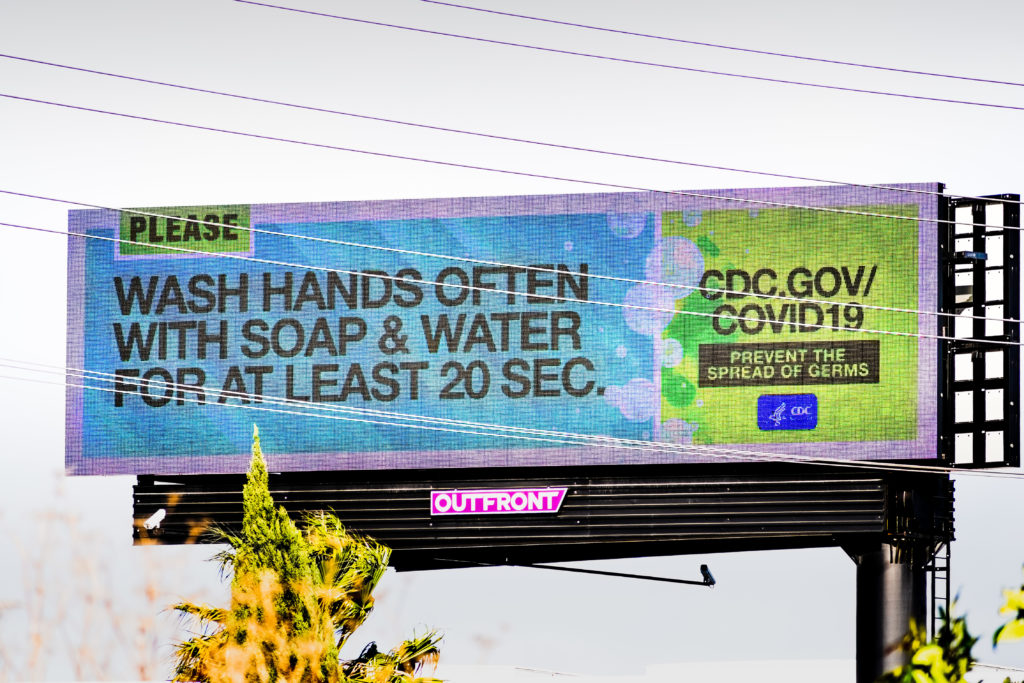
CDC offers perspective on handling autos, vehicle HVAC amid COVID-19 threat
By onAnnouncements | Associations | Business Practices | Education | Market Trends | Repair Operations
Steps including a “Blow Out” could help a collision repairer or other automotive professional reduce the risk of COVID-19 from a vehicle HVAC system, a Centers for Disease Control spokeswoman wrote Monday.
CDC press officer Donnica Smalls discussed methods for treating a vehicle brought to the automotive aftermarket in response to a Repairer Driven News inquiry last week.
The CDC has offered guidance to drivers of ride-share, food-delivery and non-emergency vehicles on cleaning and disinfecting vehicles during the pandemic. However, it hadn’t issued specific information on handling vehicles for the hundreds of thousands of automotive professionals nationwide.
The Mobile Air Conditioning Society last month asked the Environmental Protection Agency, CDC and Occupational Safety and Health Administration for guidelines on cleaning vehicles during the COVID-19 coronavirus pandemic, pointing to the “unique challenge” posed by their interiors.
“Each vehicle cabin is a small, self-contained, climate-controlled environment, which restricts movement, requires close contact of occupants, and repeated touching of interior surfaces,” MACS CEO Andy Fiffick wrote in an April 20 letter to the EPA. (MACS indicated similar messages went to the CDC and OSHA.)
Fiffick also expressed concerns about a vehicle’s HVAC system.
“The climate control system in vehicles present different challenges, as compared to a residential environment,” he wrote. “Operation of the system allows the selection of 100% exterior (outside air) and cabin recirculated air. In the recirculated mode, system A/C designs for the amount of outside airflow can vary. The number of air exchanges per hour may be less than many household applications. Typical industry requirements, for a home, are in the range of 4 to 6 air exchanges per hour. Some mobile A/C systems operating in the Max cooling mode (recirculated air) have provided at least 6 exchanges per hour.
“The velocity of airflow directed onto the occupants is usually much higher than in residential systems.”
The CDC also mentioned the HVAC system in its guidance for ride-share operators and other commercial passenger drivers.
“Avoid using the recirculated air option for the car’s ventilation during passenger transport; use the car’s vents to bring in fresh outside air and/or lower the vehicle windows,” the CDC told rideshare drivers as of April 17, 2020.
We’d asked all three agencies for comment on the trade group’s request.
HVAC
On Monday, Smalls pointed out that the CDC hadn’t issued any specific advice about home HVAC systems either.
“Regarding the cleaning and/or maintenance of ventilation systems within automotive vehicles, it is worthwhile to note that CDC has not posted guidance on the decontamination of building HVAC systems (to include air filtration systems) potentially exposed to SARS-CoV-2,”she wrote. “To date, we have not identified confirmatory evidence to demonstrate that viable virus is contaminating these systems. Should such systems actually become contaminated with viable virus, the most likely scenario is believed to be that the virus would lose its viability naturally within hours-to-days, and thus, there is no guidance advocating proactive system shutdown for decontamination and/or filter exchange.”
Repairers with concerns could follow a three-step process, Smalls wrote.
Should there be reason to suspect that an automobile ventilation system was contaminated with SARS-CoV-2, the following suggestions are believed, based upon current knowledge, to provide enhanced worker protection from exposure:
1. If possible, a 24-hr wait period that maximizes sun exposure will increase the likelihood that any previously generated virus will be deactivated.
2. Conduct a ventilation system “Blow Out” by carefully positioning the vehicle outdoors, setting the heater to max temperature, ensuring the system is not set to recirculation mode, then operating the blower motor at max setting for approximately 5-minutes, with the car vacant, doors open and windows down. (Note: a partial vehicle interior surface disinfection may be required to enable safe car relocation and ventilation system setting adjustments)
3. Upon conclusion of the waiting period and/or system Blow Out, initiate surface disinfection of the car’s interior following the disinfection guidance …
No further vehicle ventilation system cleaning or maintenance is believed to be required. If active viral particles were captured on a cabin air filter or otherwise captured inside of the ventilation system, there is no known reason to believe they will not stay there and lose any remaining viability within hours to days of capture. (Minor formatting edits.)
Vehicle interiors
As far as vehicle interior disinfection, Smalls wrote:
CDC will continue to provide recommendations based on the best available science to help people make decisions that improve their health and safety. In addition to the Interim Guidance for Businesses and Employers, below are general guidelines for cleaning and disinfecting vehicles that may be useful for those in the auto repair industry:
• For hard non-porous surfaces within the interior of the vehicle such as hard seats, arm rests, door handles, seat belt buckles, light and air controls, doors and windows, and grab handles, clean with detergent or soap and water if the surfaces are visibly dirty, prior to disinfectant application. For disinfection of hard, non-porous surfaces, appropriate disinfectants include:
° EPA’s Registered Antimicrobial Products for Use Against Novel Coronavirus SARS-CoV-2, the virus that causes COVID-19. Follow the manufacturer’s instructions for concentration, application method, and contact time for all cleaning and disinfection products.
° Diluted household bleach solutions prepared according to the manufacturer’s label for disinfection, if appropriate for the surface. Follow manufacturer’s instructions for application and proper ventilation. Check to ensure the product is not past its expiration date. Never mix household bleach with ammonia or any other cleanser.
° Alcohol solutions with at least 70% alcohol.
• For soft or porous surfaces such as fabric seats, remove any visible contamination, if present, and clean with appropriate cleaners indicated for use on these surfaces. After cleaning, use products that are EPA-approved for use against the virus that causes COVID-19 and that are suitable for porous surfaces.
• For frequently touched electronic surfaces, such as tablets or touch screens used in the vehicle, remove visible dirt, then disinfect following the manufacturer’s instructions for all cleaning and disinfection products. If no manufacturer guidance is available, consider the use of alcohol-based wipes or sprays containing at least 70% alcohol to disinfect.
Gloves and any other disposable personal protective equipment (PPE) used for cleaning and disinfecting the vehicle should be removed and disposed of after cleaning; wash hands immediately after removal of gloves and other PPE with soap and water for at least 20 seconds, or use an alcohol-based hand sanitizer with at least 60% alcohol if soap and water are not available. If a disposable gown was not worn, work uniforms/clothes worn during cleaning and disinfecting should be laundered afterwards using the warmest appropriate water setting and dry items completely. Wash hands after handling laundry. (Minor formatting edits.)
As noted above, the CDC might revise this or issue specific instructions for the auto repair industry. Shops might wish to keep an eye on the agency’s COVID-19 CDC’s “Businesses and Workplaces” and “Transportation and Delivery” portals.
“CDC will continue to provide recommendations based on the best available science to help people make decisions that improve their health and safety,” Smalls wrote Monday.
The EPA and OSHA parent Department of Labor also issued responses last week.
“EPA has received the letter and will coordinate with CDC and other federal agencies as appropriate on a response,” an EPA spokesperson wrote in an email.
The agency also pointed out that it and the CDC had issued new cleaning guidance for all Americans, including businesses.
“OSHA has been working to educate and protect the public, coordinating efforts with fellow agencies and stakeholders, and consistently providing resources, guidance, and information through various mediums,” a Department of Labor spokesperson said in a statement. “The Department has and continues to develop guidance for protecting workers in multiple industries. Certain safety guidelines pertain to every workplace, and employers should adapt infection control strategies based on a thorough hazard assessment, using appropriate combinations of engineering and administrative controls, safe work practices, and personal protective equipment to prevent worker exposures. As indicated in OSHA’s Guidance on Preparing Workplaces for COVID-19, employers and workers should implement basic infection prevention measures by maintaining regular housekeeping practices, including routine cleaning and disinfecting of surfaces, equipment, and other elements of the work environment.”
More information:
“Ask the Experts – How Professional Restorers Deal with “Disinfecting” Vehicles”
Society of Collision Repair Specialists, April 28, 2020
Mobile Air Conditioning Society letter to Environmental Protection Agency
MACS, April 20, 2020
CDC COVID-19 “Businesses and Workplaces” portal
CDC COVID-19 “Transportation and Delivery” portal
CDC master COVID-19 coronavirus portal
Environment Protection Agency “List N” of COVID-19 disinfectants
EPA and CDC joint guidance on COVID-19 cleaning and disinfecting
Occupational Safety and Health Administration COVID-19 portal
Images:
An entrance sign for the Centers for Disease Control in Atlanta, Ga., is seen Aug. 28, 2011, on the Emory University campus. (sshepard/iStock)
A CDC billboard in San Jose, Calif., is seen March 13, 2020. (Andrei Stanescu/iStock)
The CDC offered some advice May 4, 2020, on handling a vehicle HVAC system potentially exposed to the COVID-19 coronavirus. (deepblue4you/iStock)
“Avoid using the recirculated air option for the car’s ventilation during passenger transport; use the car’s vents to bring in fresh outside air and/or lower the vehicle windows,” the CDC has advised ride-share drivers as a COVID-19 coronavirus precaution as of April 17, 2020. (ponsulak/iStock)



